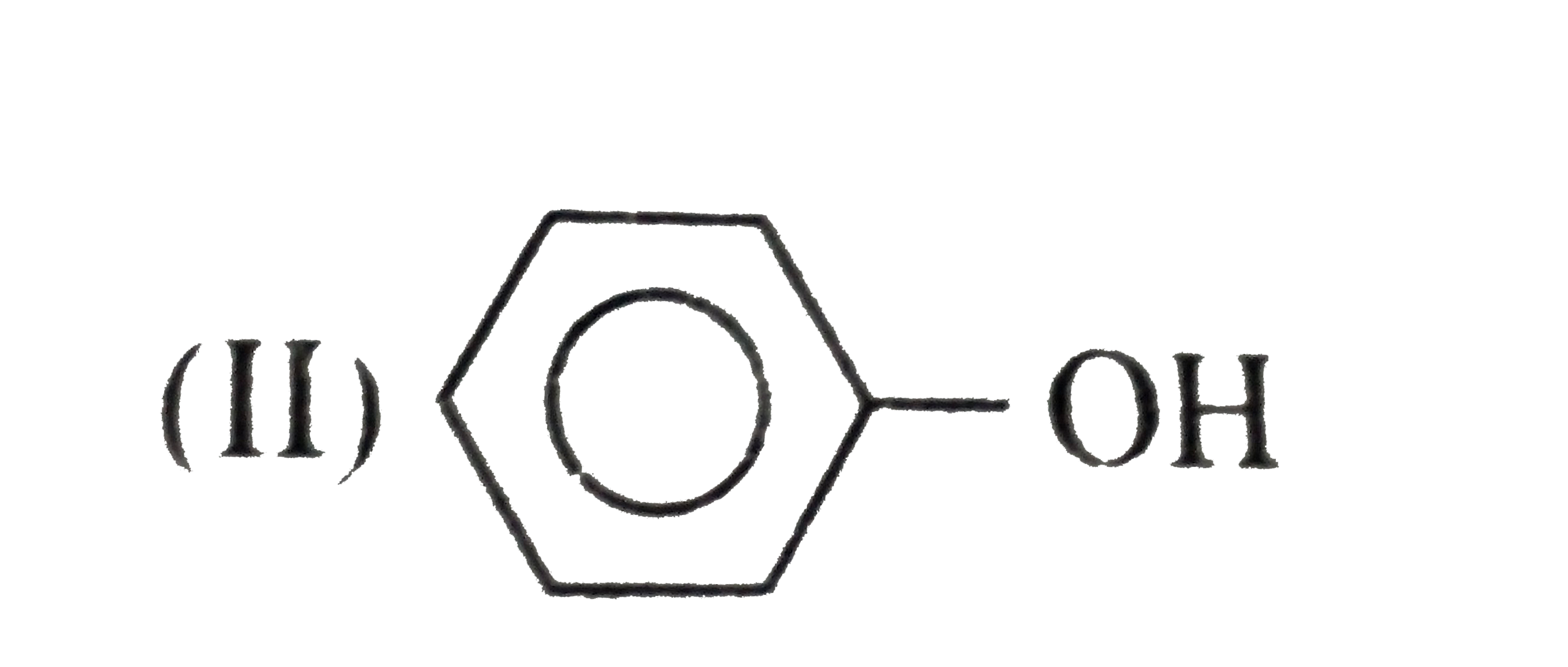Correct decreasing order of molecular forces of polymer is
(i) Thermosetting (ii) fibres
(iii) Thermoplastic (iv) elastomers
The correct Answer is:B
Topper's Solved these Questions
Similar Questions
Knowledge Check
Decreasing order of intermolecular forces of polymer is
(i) Neoprene
(ii) silk
(iii) Buna-N
(iv) melamine formaldehyde resinA2>1>4>3B2>3>4>1C2>4>3>1D2>1>3>4On the basis of intermolecular forces of attraction, polymers, are classified as elastomers, fibres, thermoplastics and thermosetting polymers. Elastomers have the weakest while fibres have the strongest intermolecular forces of attraction. Polymers which can be chemical composition and mechanical strength are called thermoplastics. in contrast, those polymers which can be heated only once when they undergo a permanent change in chemical composition to give a hard, infusible and insoluble mass, are called thermosetting polymers.
Which are true for elastomersAThey possess elasticityBThese possess weak intermolecular forces of attraction between polymer chainsCVulcanized rubber is an example of elastomerDAll are correctOn the basis of intermolecular forces of attraction, polymers, are classified as elastomers, fibres, thermoplastics and thermosetting polymers. Elastomers have the weakest while fibres have the strongest intermolecular forces of attraction. Polymers which can be chemical composition and mechanical strength are called thermoplastics. in contrast, those polymers which can be heated only once when they undergo a permanent change in chemical composition to give a hard, infusible and insoluble mass, are called thermosetting polymers.
The linear chains in terylene are held together byACovalent bondBHydrogen bondsCDipole-dipole interactionsDVan der waals forces
Define the following terms :
(i) Elastomers
(ii) Fibres
(iii) Thermoplastics
(iv) Thermosetting polymers
View SolutionThe decreasing order of acidic character of the following is:
(I) (II)
(II) 
(III) (IV)
(IV) 
View SolutionOn the basis of intermolecular forces of attraction, polymers, are classified as elastomers, fibres, thermoplastics and thermosetting polymers. Elastomers have the weakest while fibres have the strongest intermolecular forces of attraction. Polymers which can be chemical composition and mechanical strength are called thermoplastics. in contrast, those polymers which can be heated only once when they undergo a permanent change in chemical composition to give a hard, infusible and insoluble mass, are called thermosetting polymers.
Which of the following can be remelted time and again without producing any change
View SolutionWhich of the following are thermoplastic polymers?
(i) Polyvinyl chloride
(ii) Bakelite
(iii) Teflon
(iv) Melamine
View SolutionThe decreasing order of acidic character of the following is:
(I) (II)
(II) 
(III) (IV)
(IV) 
View Solution
